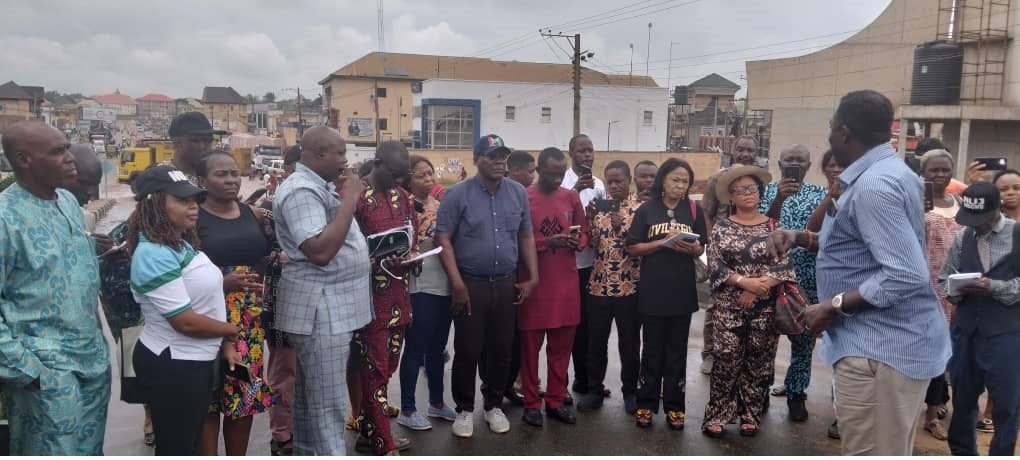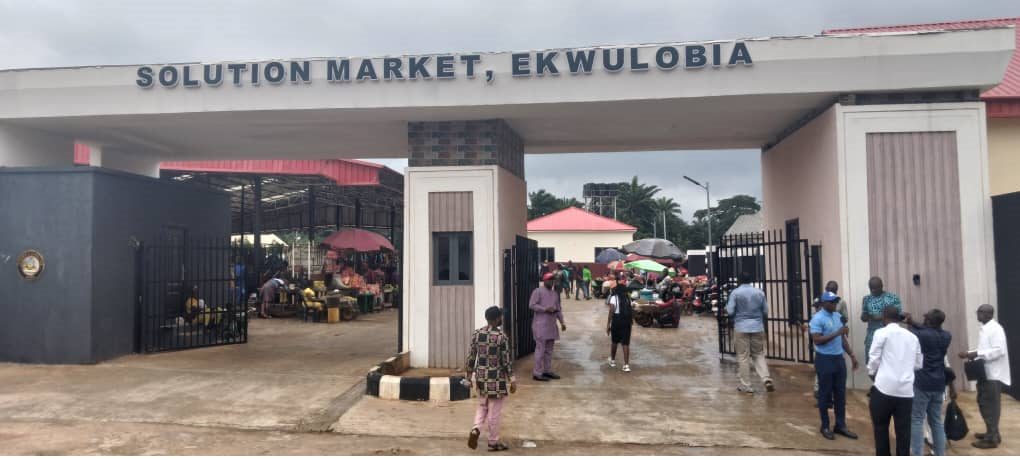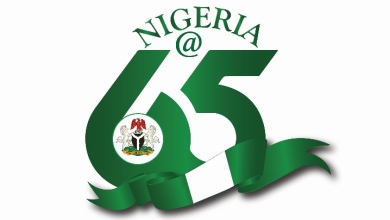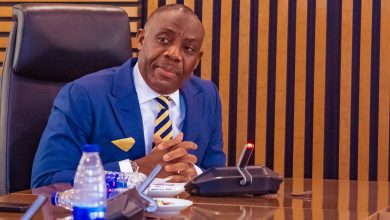NUJ’s Press Week Tour: Soludo’s Projects and the Test of Legacy
Journalists in Anambra launched Press Week by touring Governor Soludo’s completed infrastructure projects.
The inspection highlighted achievements, but also raised questions on sustainability and real benefits for residents.
The Nigeria Union of Journalists (NUJ), Anambra State Council, has set this year’s Press Week on an unusual note. Beyond the camaraderie of a novelty football match and the anticipated thanksgiving service, the journalists embarked on a tour of key projects executed by Governor Charles Chukwuma Soludo.

It was a symbolic act, but also one with deeper meaning: the press, traditionally watchdogs of society, chose to assess governance not just from press releases but from physical inspection of projects on the ground.
The delegation, led by Comrade Dr. Odogwu Emeka Odogwu and accompanied by national and zonal leaders of the union, moved through the Amawbia–Ekwulobia–Uga dual carriageway, the imposing Ekwulobia flyover, the Solution Market, the Ekwulobia Mall, and eventually the much-advertised Solution Fun City in Awka. Their journey ended at the Lighthouse inside Government House.

Along the way, state officials and project managers explained the vision behind each development. The dualization of roads, they argued, was about access and connectivity. The Fun City, a modern leisure hub, was said to symbolize relaxation, inclusivity, and even affordability, with discounted prices for families.
It was an impressive itinerary, one that drew praise from many journalists who described the projects as “legacy” in nature. To the credit of Governor Soludo, Anambra has witnessed a level of infrastructural push that suggests seriousness. For a state often criticized for infrastructural deficits and chaotic urban planning, these projects stand as visible evidence of action. Yet, an editorial reflection requires more than applause. It demands probing questions: What do these projects mean for ordinary Ndi Anambra? How sustainable are they? Do they address immediate socio-economic realities, or do they risk becoming white elephants once the fanfare fades?
The dual carriageways, for instance, hold great promise for mobility and commerce. But Nigeria’s history of poor road maintenance casts a shadow. Roads that gleam today may crumble tomorrow if routine maintenance is neglected, swallowing billions of naira in recurring repairs. The Solution Fun City is marketed as inclusive, yet leisure facilities across Nigeria often drift into elitism, serving a narrow class while pricing out the very people whose taxes fund them. Will Anambra’s Fun City buck this trend, or will it join the long list of abandoned or underutilized facilities once initial enthusiasm wanes?
Governor Soludo’s approach seems to combine bold infrastructure with symbolic urban renewal. The Solution Market and malls may energize local economies, while the Lighthouse projects a new image of governance. But legacy is not built on image alone. A government’s true measure lies in how these projects intersect with people’s daily struggles. For the trader navigating bad feeder roads, the farmer seeking access to markets, or the unemployed youth yearning for opportunities, roads and malls are meaningful only if they translate into reduced costs, greater access, and tangible livelihoods.
The NUJ deserves commendation for taking this step. Press Week could have remained a ceremonial exercise, but by visiting projects, journalists signaled that their role is not only to report but to observe and interrogate. However, the responsibility must not end with guided tours and appreciative remarks. The press must remain vigilant. If cracks appear in the roads, if prices at the Fun City become exclusionary, or if the markets fail to thrive, it is the duty of the media to raise alarm, not merely echo government narratives.
Governor Soludo has made visible progress, and in fairness, Anambra is in need of such boldness. But editorial judgment demands caution. Legacy cannot be declared in advance; it is judged by history and lived experience. For Ndi Anambra, the true test will come years from now, when they look back and decide whether these projects truly changed their lives, or whether they were grand showcases that faded with time.
For now, the Soludo administration deserves a nod of recognition. But that nod must be coupled with a reminder: governance is not measured by tours and ribbon cuttings it is measured by impact that endures. Only then will today’s projects truly stand the test of legacy.



